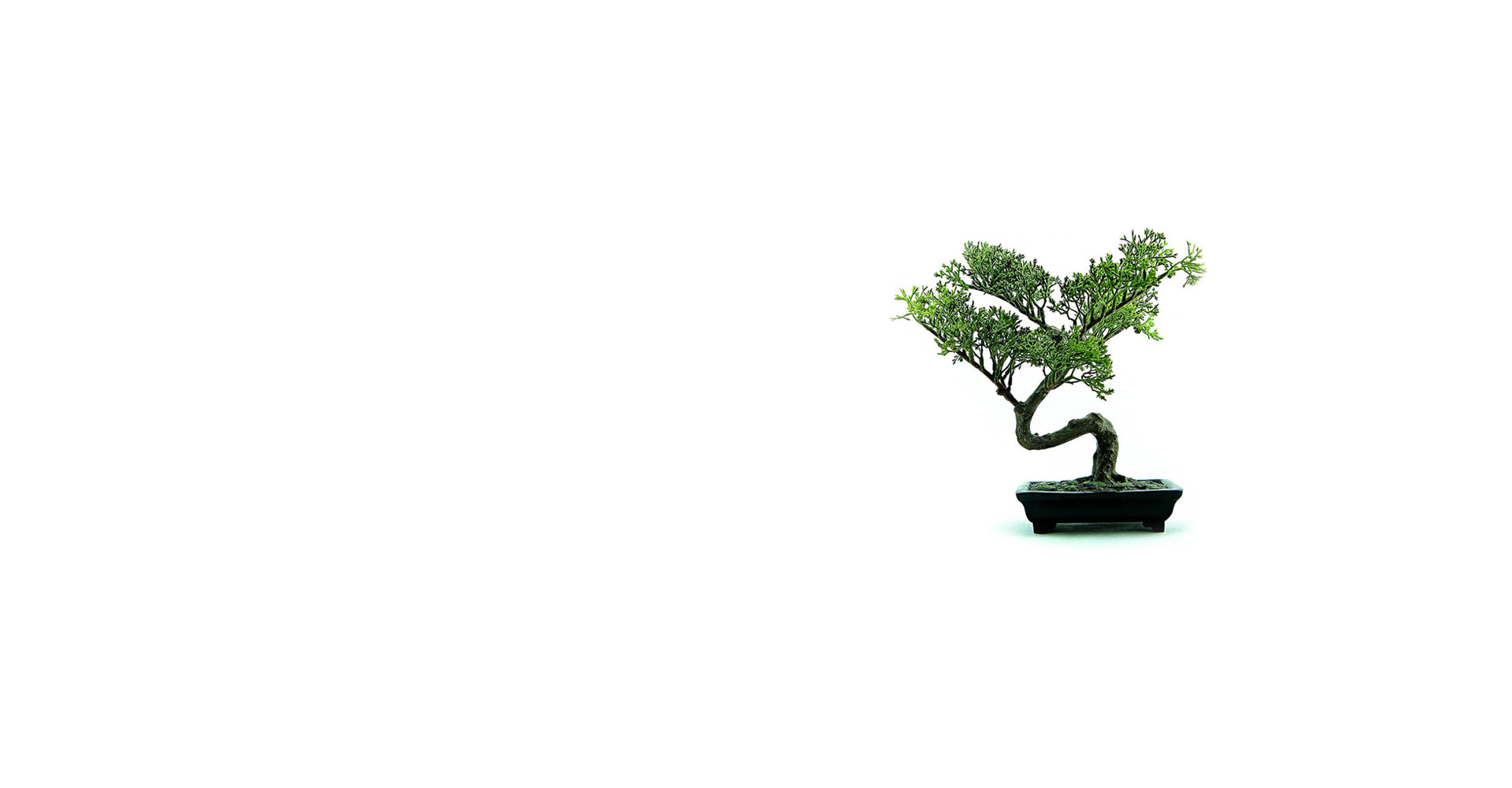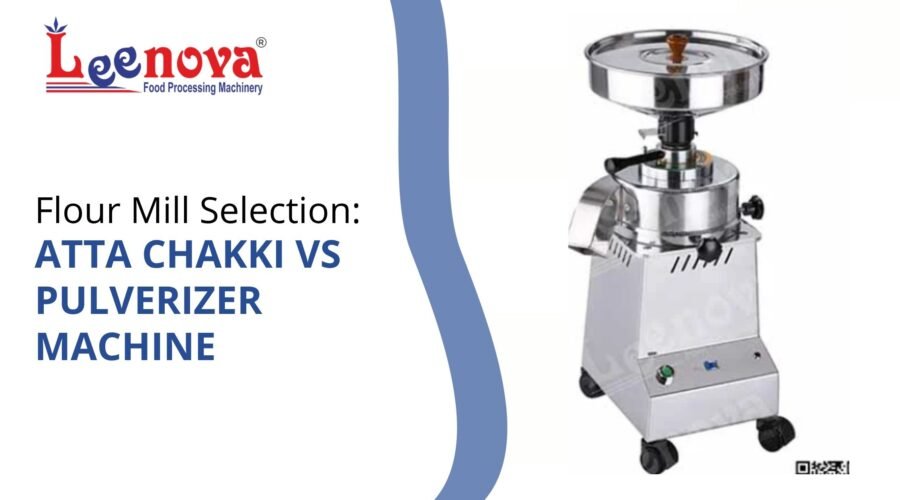Choosing between a stone-type atta chakki and a pulverizer machine can make or break a commercial kitchen’s flour operation. The wrong choice means lower production, higher maintenance costs, and flour quality that customers notice. The right machine pays for itself through consistent output and minimal downtime.
Most buyers focus on upfront cost and miss the bigger picture. Stone chakkis deliver superior taste but demand skilled operators. Pulverizers need zero training yet produce less per hour. Both grind wheat into flour, but they operate on fundamentally different mechanisms that affect everything from noise levels to nutritional retention.
This guide breaks down the grinding mechanism, performance metrics, maintenance requirements, and cost implications of each machine type. By the end, the choice becomes clear based on business scale, operator skill availability, and quality priorities.
Understanding the Two Grinding Mechanisms
Stone-Type Atta Chakki
Stone chakkis use two circular grinding stones spinning at 720 RPM. The bottom stone stays fixed while the top rotates, creating a shearing action that crushes grains between them. This slow, methodical grinding preserves grain structure and generates minimal heat.
The mechanism requires precision alignment. Stones need regular dressing and grooving to maintain grinding efficiency. Without proper maintenance, flour quality drops and production slows.
Pulverizer Machine
Pulverizers operate at 2880 RPM using hammers and blades in a two-stage process. Grains enter the chamber, get struck by rotating hammers, and pass through screens. This impact-based grinding works fast but generates more heat.
The stoneless design means fewer moving parts to maintain. Screens wear out over time but cost less to replace than grinding stones.
Performance Comparison
Production Capacity
Stone chakkis produce 15-20% more flour per hour than pulverizers of the same motor power. A 10 HP stone chakki outputs approximately 150-180 kg/hour, while a comparable pulverizer delivers 120-140 kg/hour. This gap widens during extended operations when pulverizers slow down from heat buildup.
Flour Quality and Taste
Stone grinding creates flour with noticeably better taste and texture. The shearing action preserves grain oils and nutrients that impact flavor. Restaurant owners report customer feedback specifically mentions the difference in rotis and chapatis made from stone-ground flour.
Pulverized flour works fine for most applications but lacks the depth of flavor from stone grinding. The high-speed impact method generates heat that can affect certain grain properties.
Noise Levels
Stone chakkis run at 65-70 decibels, roughly equivalent to normal conversation. Pulverizers reach 85-90 decibels, similar to heavy traffic. In open kitchen layouts or small spaces, this difference matters for staff comfort and customer experience.
Operational Requirements
Skill and Training
Operating a stone chakki requires understanding grain moisture, stone pressure adjustment, and grinding speed optimization. New operators need 2-3 weeks of supervised practice to maintain consistent quality. Finding skilled chakki operators adds recruitment complexity.
Pulverizers need zero special training. Staff can learn basic operations in under an hour. This simplicity reduces labor costs and eliminates dependency on specialized operators.
Maintenance Demands
Stone chakkis need monthly stone dressing, quarterly deep cleaning, and stone replacement every 18-24 months depending on usage. Each maintenance cycle requires shutting down operations for several hours. Stone replacement costs vary but typically run 20-30% of the machine’s original price.
Pulverizers require basic cleaning and occasional screen replacement. Maintenance takes 30 minutes and doesn’t need specialized knowledge. Annual maintenance costs run 5-10% of purchase price.
Cost Analysis
Initial Investment
Stone chakkis cost 15-25% more upfront than comparable pulverizers. A commercial-grade 10 HP stone unit starts around ₹80,000-₹1,00,000, while pulverizers range from ₹60,000-₹80,000.
Operating Expenses
Stone chakkis consume marginally less power due to lower RPM. Over a year of 8-hour daily operation, power savings reach ₹8,000-₹12,000. However, maintenance costs offset these savings.
Pulverizers have lower maintenance but slightly higher power consumption. Total operating cost difference narrows to 10-15% over three years.
Return on Investment
High-volume operations (150+ kg daily) recover the stone chakki premium within 12-15 months through higher output and premium pricing for better flour. Lower-volume setups (50-100 kg daily) may never justify the extra cost and complexity.
Material Versatility
Stone chakkis excel at wheat, rice, and soft grains but struggle with hard spices. Grinding turmeric or dry ginger damages stones and requires expensive repairs.
Pulverizers handle everything: wheat, maize, millet, rice, besan, plus hard spices like turmeric, coriander, chili, and dry ginger. This versatility matters for commercial kitchens grinding multiple materials daily.
Making Your Choice
Choose a stone chakki if:
- Daily production exceeds 150 kg
- Flour quality directly impacts customer satisfaction
- Skilled operators are available or trainable
- Single-material grinding (primarily wheat) is the focus
Choose a pulverizer if:
- Starting a new operation with limited experience
- Budget constraints limit upfront investment
- Multiple materials need grinding (grains plus spices)
- Staff turnover makes training difficult
FAQs
Q: Can pulverizers match stone chakki flour quality?
A: No. The high-speed impact method and heat generation change flour characteristics. The difference is subtle in baked goods but noticeable in traditional flatbreads.
Q: How long do grinding stones last?
A: Stones typically last 18-24 months with regular use and proper maintenance. Hard water areas and irregular grain quality reduce lifespan. Replacement costs approximately 20-30% of machine price.
Q: Do pulverizers really need zero maintenance?
A: Not zero, but minimal. Screens need replacement every 6-12 months depending on material hardness. Basic cleaning takes 30 minutes weekly. No specialized skills required.
Q: Which machine uses less power?
A: Stone chakkis consume 5-10% less power due to lower RPM. On a 10 HP machine running 8 hours daily, annual savings reach ₹8,000-₹12,000.
Conclusion
Stone chakkis deliver superior quality and higher output but demand skilled operation and regular maintenance. Pulverizers trade some quality and capacity for operational simplicity and material versatility. Match the machine to business scale, operator availability, and quality requirements.
Calculate daily production needs, available operator skills, and material variety before deciding. The right choice becomes obvious once these factors align.
Leenova Kitchen Equipments supplies commercial-grade flour mills engineered for demanding kitchen environments. Our team helps match equipment specifications to actual production requirements, not generic recommendations. Visit leenovakitchenequipments.com or call for technical consultation on flour mill selection for your operation.


